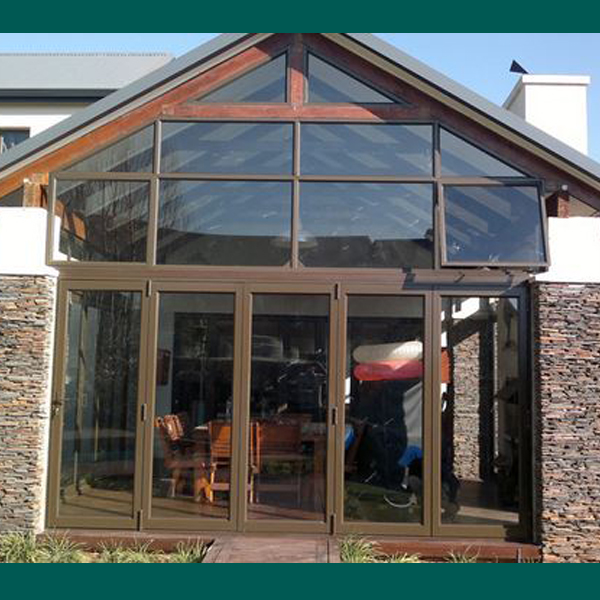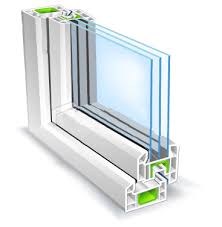
Understand Energy Efficient Glass
Currently the usage of glass in South Africa is not considered as an important “energy efficient” measure. Ordinary windows are notorious for unwanted heat loss and heat gain and in most cases they will not be adequate for new building designs to meet SANS 10400-XA Energy usage in buildings. Factors such as placement of windows around the building and optimal orientation comes into play. Any mention of windows and hot climates inevitably results in the same statement – “”open the windows”. Window technology has evolved over the years to the point where windows can be selected not only for their aesthetic qualities, but also for their performance abilities. For example, windows can be made from laminated glass that resists impact or have special coatings that control the amount of heat gain and loss, or prevent water spots and dirt accumulation. High performance (energy efficient) windows and glass are critical to a building’s energy efficiency performance. Choosing the right ‘performance glazing’ (energy efficient glass) allows one to control how much heat enters or escapes from a building. When changing the temperature of the air inside your house or building (heating or cooling), it’s worth considering steps to avoid it becoming uncomfortable in the first place, and keeping it comfortable for as long as possible by investing in energy efficient windows. Windows are uniquely powerful in giving one this control. To understand energy transfer in windows and glass – and the value and savings that can be gained from high performance types – it is essential to understand the language involved, and how the relationship between glass and the outside environment. There are four factors to consider when choosing the glass for your new build or retrofit: | ||
| 1. U-Value measures how readily a window conducts heat. It is a measure of the rate of non-solar heat loss or gain through the assembly. The rate of heat flow is indicated in the terms of the U-Value of a window assembly which includes the effect of the frame, glass, seals and any spacers.The lower the U-Value, the greater a window’s resistance to heat flow and the better its insulating value. A low U-Value is ideal for all climates as it stops unwanted heat gain in summer and unwanted heat loss in winter. |  | |
| 2. Solar Heat Gain Coefficient (SHGC) measures how readily heat caused by sunlight flows through a window. The SHGC is the fraction of incident solar radiation admitted through a window, both directly transmitted, and absorbed and subsequently released inward. SHGC is expressed as a decimal between 0 and 1. The lower a window’s SHGC, the less solar heat it transmits.In cooler climates, a high SHGC is beneficial for north facing windows during winter; however shading will be required in summer to prevent unwanted solar heat gain. In hot climates, a low SHGC is always ideal. |  | |
| 3. Air Leakage (AL) measures how much outside air comes into a home or building through a product. The lower the AL, the better a product is at keeping air out. |  | |
| 4. Visible Transmittance (VT) measures how much light comes through a window, i.e. it is an optical property that indicates the amount of visible light transmitted through a product. While VT theoretically varies between 0 and 1, most values are between 0.3 and 0.8. The higher the VT, the more light is transmitted. A high VT is desirable to maximize daylight. Select windows with a higher VT to maximize daylight and view. |  | |
| 5. Condensation Resistance (CR) measures how well a product resists the formation of condensation. CR is expressed as a number between 1 and 100. The higher the number, the better a product is able to resist condensation. |  | |




